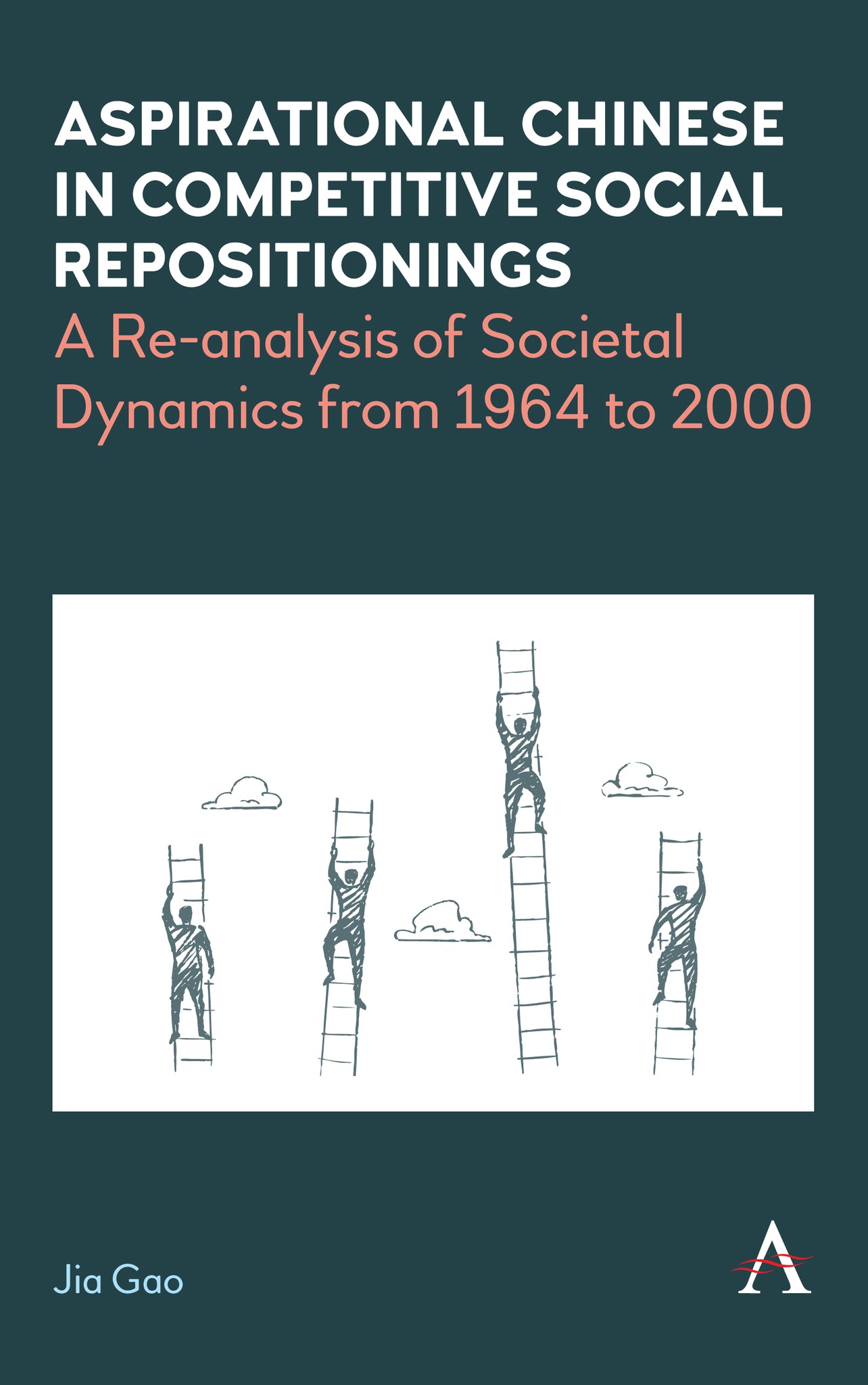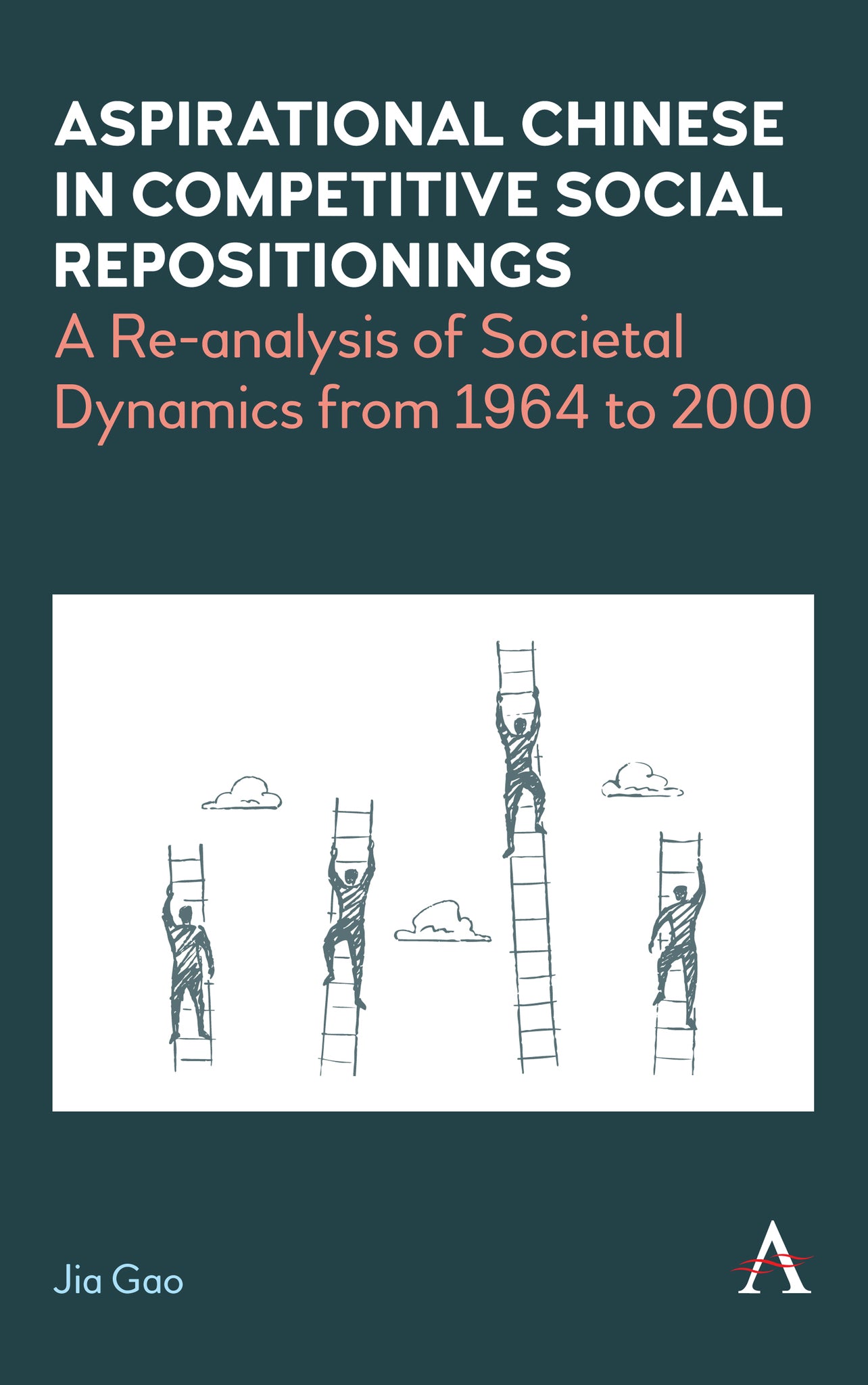We're sorry. An error has occurred
Please cancel or retry.
Aspirational Chinese in Competitive Social Repositionings

Some error occured while loading the Quick View. Please close the Quick View and try reloading the page.
Couldn't load pickup availability
- Format:
-
08 August 2023

In the past four or so decades, a significant amount of research efforts has been made to examine the rapid and constant social changes in China. However, most of the literature has focused on either macro- or micro-level issues, and what has not been adequately analysed is how the majority of ordinary people has reacted to and influenced the changes. This inadequacy has affected our understanding of Chinese society, its dynamics and the changing trends. Drawing upon a new perspective of competitive social repositioning, and the evidence recorded in numerous recent publications and interview data, this book seeks to re-examine the ever-changing, but under-researched, societal dynamics driving social transformations in China from 1964, when the communist heir narrative was rebranded and utilised, to 2000, when Jiang Zemin formulated the Three-Represents theory to modify the ideological political thinking of China’s ruling elites. This analysis focuses on how a high proportion of aspirational citizens have kept repositioning themselves in China’s changing distributions of social resources and social structure, how their attitudes and behaviours have been shaped over time, what characteristics of their choices are at different stages, and how their preferences have resulted in the zig-zag patterns of China’s recent social change.

SOCIAL SCIENCE / Sociology / Social Theory, Sociology, POLITICAL SCIENCE / Political Process / General, HISTORY / Asia / China, Political structure and processes, Asian history

Explanation of social change in the People’s Republic of China is most usually heavily determined by the political leadership’s policy statements. Prof Gao’s highly original analysis instead focusses on ordinary people’s everyday responses to and interactions with the policy process, and advances an overall theory of their social psychology in terms of competitive social repositioning. — David S. G. Goodman, China Studies Centre, University of Sydney
List of Abbreviations; List of Figures; List of Tables; Preface and Acknowledgements; The Absence of Everyday Chinese in the Dichotomous Paradigm; Rebranding the Communist Heir Narrative and the Cultural Revolution; Tearing the Utopian Veil Down by Sent-Down Youth; Crying Out for Changes in the Second Half of the 1970s; Battling for the Advantages Under the Dengist Political Alliances; Climbing Different Social Ladders from the Mid-1980s; Filling in the Post-1989 Vacuum Left by Educated Liberals; Seizing Chances to be Entrepreneurial in Post-1992 China; Towards a Theory of Competitive Social Repositioning; References; Index



